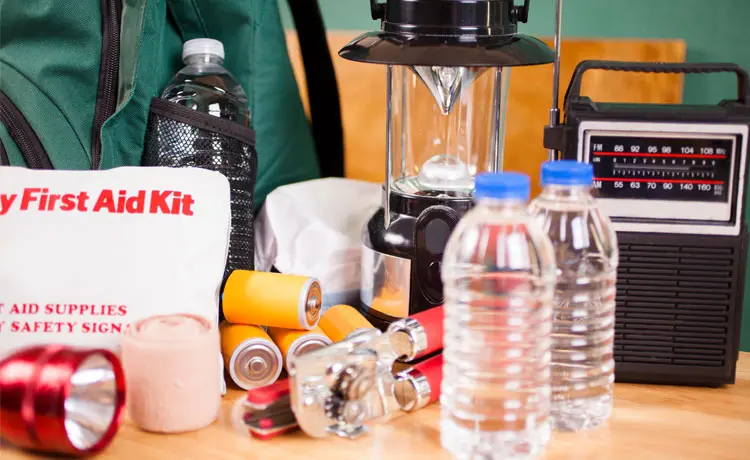Let’s face it, no one knows when disaster may strike. Extreme weather has been on the rise throughout the country, from droughts that lead to wildfires to flooding from hurricanes to unprecedented winter storms. Add these high-tech weapons to your preparedness arsenal to beat the next disaster.
1. ICE in Your Hands
Provide emergency responders vital data even if you are unable to communicate. Responders can bypass your phone’s lock to access your in-case-of-emergency (ICE) contacts, as well as your medical conditions, allergies and medications if you use one of the following apps. If you have an iPhone, fill out the Medical ID section of the Health app that comes with your phone. For Android users, there are several free apps available on the Google Play store that function the same way as Apple’s Health app Medical ID.
2. The Power of the Sun
Get the gadget that today’s avid campers and hikers don’t leave home without. Even under the cloudy skies of extreme weather, a portable solar-powered charger can catch enough rays to keep your cellphone charged and at the ready. Be sure to look for chargers that come with a battery pack to store the energy it collects. Widely available wherever tech gear is sold.
3. Water, Water Everywhere and Not a Drop to Drink
Your emergency supply kit list calls for a lot of drinking water: one gallon per person per day. But carrying a three-day-supply for your family in an evacuation situation may not be possible. Thankfully there are some high- and low-tech alternatives out there.
- Low-tech: Give each family member a portable water-filter bottle. Look for models that can eliminate harmful bacteria, such as salmonella, cholera and E.coli, and protozoa, such as giardia and cryptosporidium.
- High tech: Get a USB-rechargeable handheld UV water purifier. Easily sterilize a half liter of water per minute, and 25-50 litres per charge.
Both options are available at outdoor adventure stores.
4. First Aid at Your Fingertips
No one with a smartphone should be without the American Red Cross First Aid app. Take the app’s first aid course to learn how to respond to various medical emergencies. And don’t forget to test your knowledge after the course. Faced with a medical emergency, follow the step-by-step instructions how to respond several common first aid scenarios, from treating nosebleeds and sprains to someone who has suffered a heart attack or stroke.
5. Always Room for Seconds
Lastly, a backup pay-as-you-go phone in your emergency kit can come in handy if you lose or damage your cellphone. It could mean the difference between life and death in extreme situations. And be sure to load it up with your ICE information and the First Aid app. For more information on various preparing for disaster products available to purchase for your community, browse the Quickseries® library of guides, including Disaster Preparedness.
